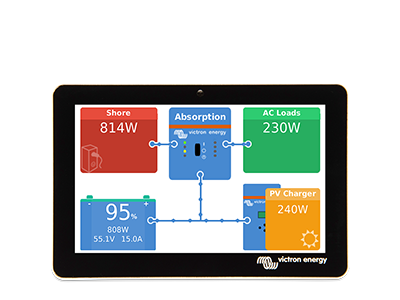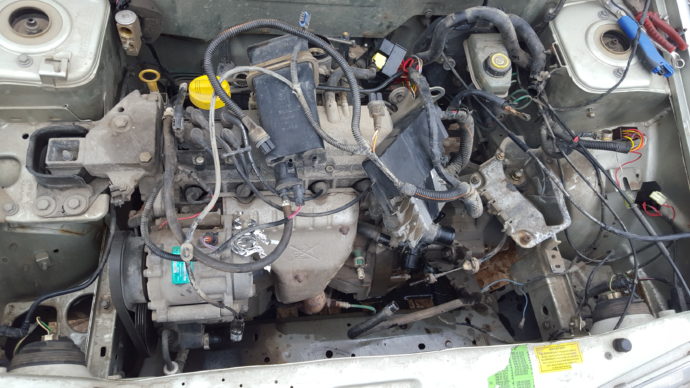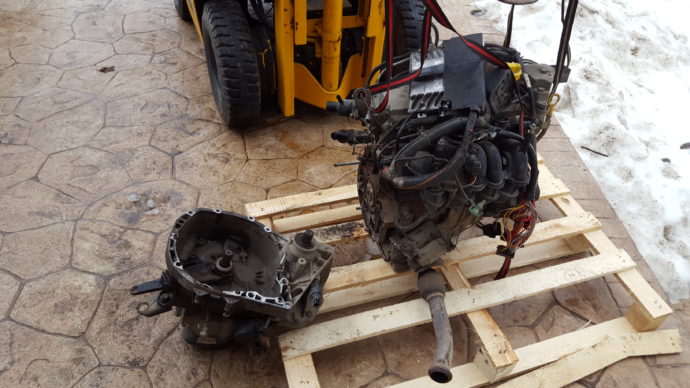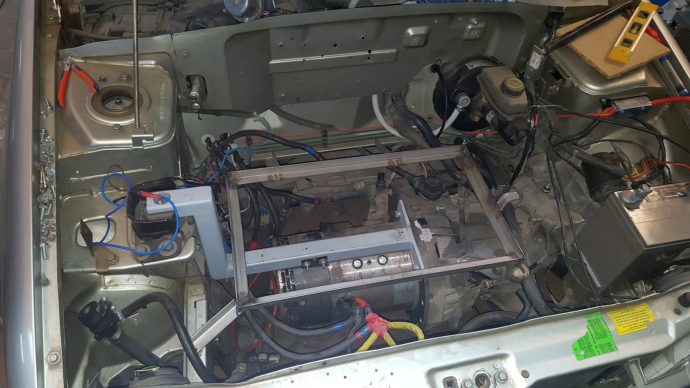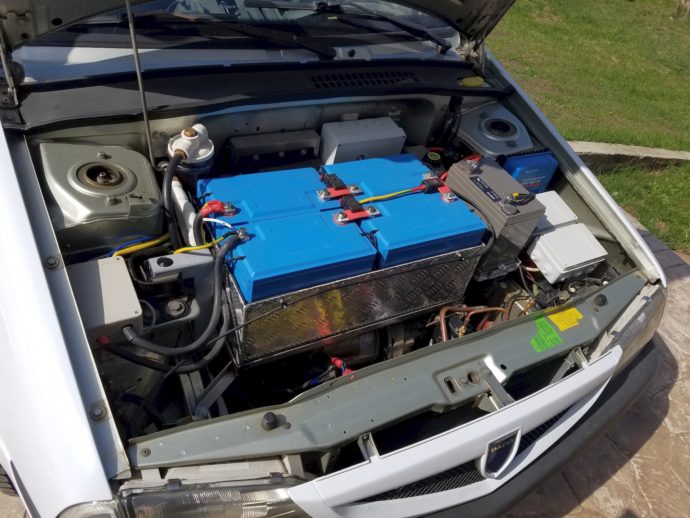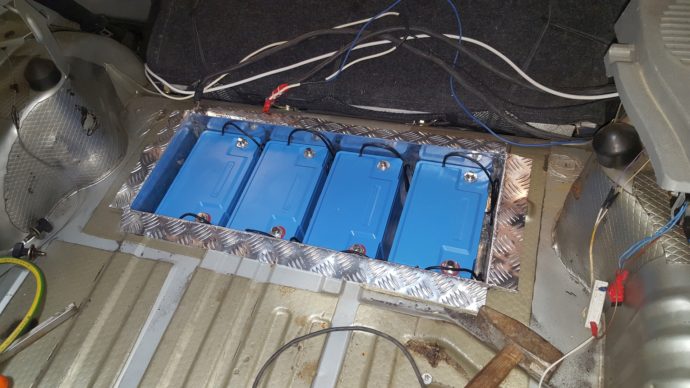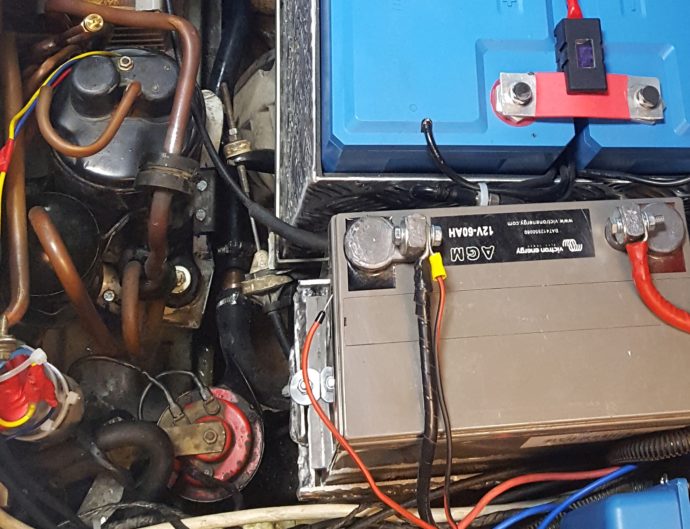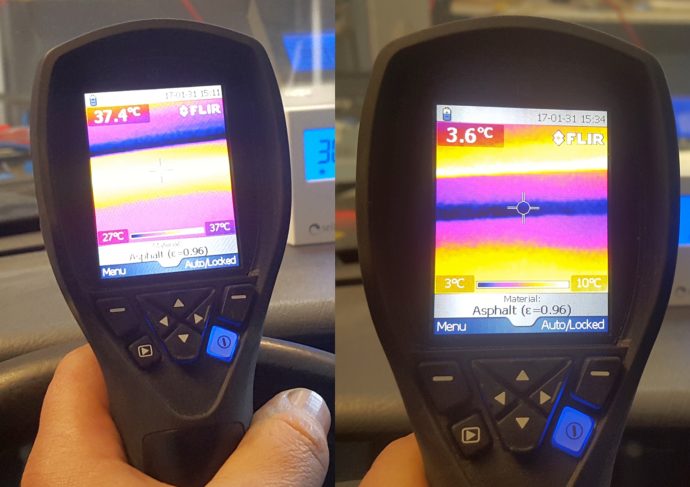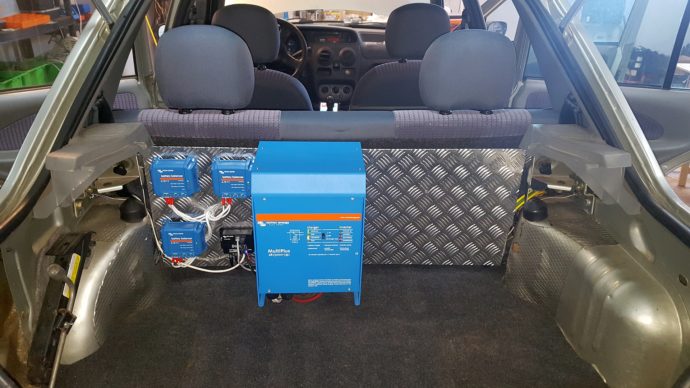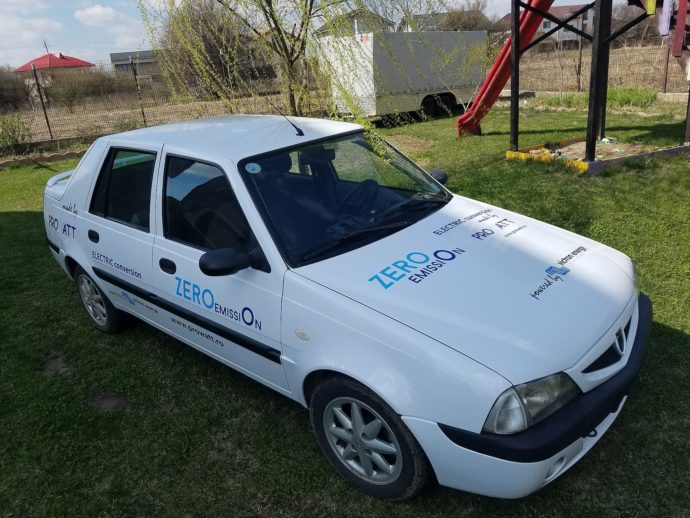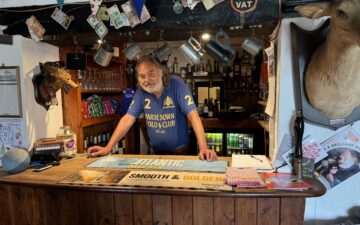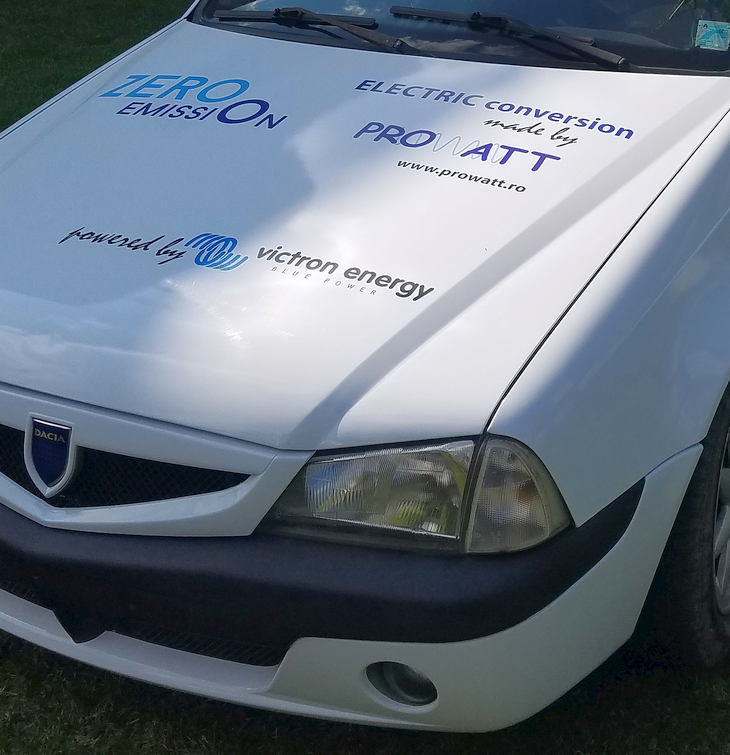
Electric production cars seem to becoming more popular, as are electric motive transport pleasure conversions and fun projects of many varieties – be they yachts, bicycles, boats, buses, vans, motorcycles, cars and even aeroplanes.
Often it’s just for fun and because you can. One such example is my own sailing yacht Elektra, then there was Ronan’s BMW i3 with supplementary batteries some time back. My own project, based on Victron Energy products through personal choice, goes back to 2012 – two years before I started blogging here and all because there was a complete range of suitable products in one place, with good access to technical knowledge and documentation. Although as an end user I suspect Johannes, Matthijs and others have baulked at some of my ‘inane questions’, resulting (kindly I may add) in me often being reminded that is why we have a worldwide network of trained distributors and dealers!
Be that as it may when it comes to ‘buying the goodies’ it seems others think the same way as me, in having identified Victron as there complete supplier of choice. Even so it still surprises me with the sheer variety of projects I come across and it’s not just end users like me. Even Victron distributors get involved in the fun in their spare time – this being the case with ProWatt’s Blue Power electric car shown in the headline image above.
Here is Lucian Popescu’s brief to me on what they did to create their own fun Blue Powered electric car.
Victron Variety
Before a little detail about the car it’s worth reminding ourselves and taking a peek at the sheer variety of uses for Victron’s products.
Now, as I look through old blogs there are products being used in all sorts of seemingly non-traditional markets – solar to recharge Mike Haydon’s Zero electric motorcycle, power for the Roompot–Oranje Peloton’s professional cycling support truck, students in Mexico with their solar race car, mountainside electric bicycle charging, plus a Victron charged Superyacht yacht tender. My point is Victron is not just about off-grid energy and its traditional markets – the reach and fun is far beyond that, limited only by imagination.
Just because you can
It’s always good to have something to do during those long winter nights – but where to start?
The build
Lucian Popescu of ProWatt wanted to show that any car can be reused, so they took an older car (Dacia Solenza), from which they removed everything related to the usually powered IC engine, as you can see in the photos above. Once that relic was removed it’s only then that the conversion to electric could begin in earnest. It’s easy to whip an engine out but as I know from my own yacht project, that is just the beginning and lots of learning ensues. I suspect being a dealer they found it much easier than I did, although any journey has its hurdles.
The main focus of the project was ProWatt wanted the whole system to operate at a low voltage of 48 volts, in order to use as much Victron equipment as possible. Therefore, they chose a 48 volt motor, with 15kW nominal power and a peak power of 65kW. Not much you may think, but perfectly adequate for a small town runabout.
One of the challenges doing it this way was to manage to make a speed controller, capable of delivering 65kW at 48 volts. After many tests and many burnt MOSFETs, they managed to do it. The controller is liquid-cooled and it is able to deliver 1,600A to the motor for 10 seconds. Maybe the car backs up as a welding set in its spare time!
During testing 200Ah LiFePO4 batteries were used, but due to space limitation reasons they chose 90Ah batteries for the build – mounting 4 in the front above the electric motor and 4 in the boot in place of the original fuel tank. For each group of batteries, they made an aluminium box. The normal electrical system of the car remains at 12 volts and a MPPT 100/50 maintains the 12 volt AGM services battery, being charged using the energy from the 48 volt main battery system.
All batteries are kept in balance by using 3 battery balancers for the series/parallel bank. Note the VE.Bus BMS for the Lithiums and a MultiPlus, the AC inverter part of it which is used for the car’s heating and cooling system utilising a small heat pump. Another reason for fitting the MultiPlus is for smart charging of the car’s main Lithium batteries and for sending information to the Color Control GX.
Inside the finalised car a BMV-700 is responsible for monitoring the entire system and this is connected to a Color Control GX that displays local information and sends it to the VRM portal.
Conclusion
The project remains as a show and ‘project play car’ for now, simply to demonstrate how old cars can be reused and as a working and fun demonstrator of Victron Energy products.
Thanks to Lucian Popescu of ProWatt for the information and images used in this blog.
If you have a novel use of Victron products do let us know.
John Rushworth



